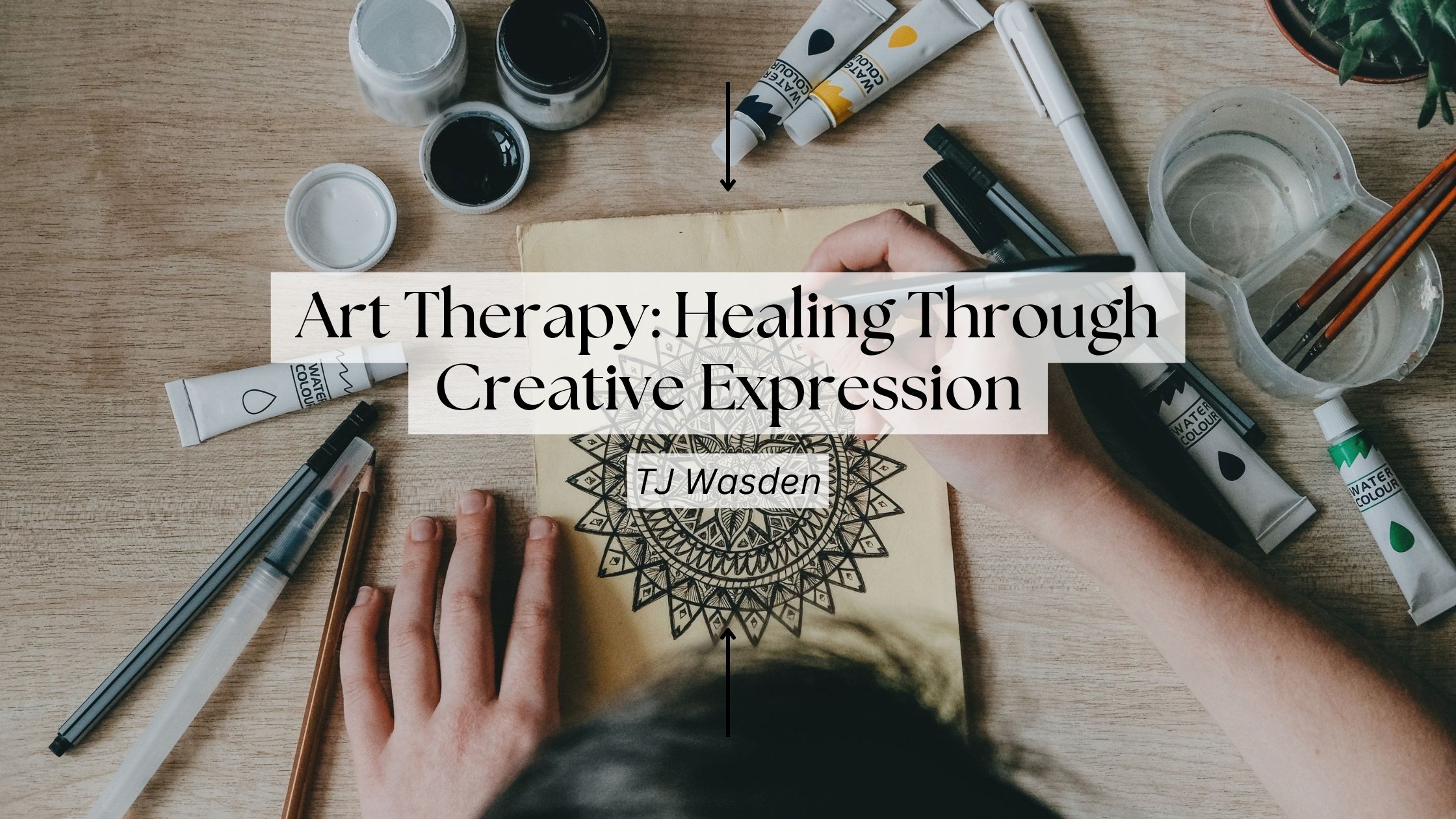
Art therapy is a form of therapeutic intervention that utilizes the creative process of making art to improve and enhance individuals’ physical, mental, and emotional well-being. This powerful therapeutic approach allows individuals to express themselves, explore their emotions, and work through psychological challenges nonverbally and creatively.
This article will delve into the world of art therapy and its remarkable capacity to promote healing and personal growth.
Stress Reduction:
Engaging in artistic activities can be relaxing and stress-reducing. Art can promote calmness and relaxation by drawing attention away from daily concerns.
Self-Exploration and Insight:
Creating art often leads to self-reflection and deeper self-understanding. Individuals can explore their thoughts, memories, and unconscious feelings through their art, gaining insight into their personal experiences.
Trauma Processing:
Art therapy is particularly effective in helping individuals process and cope with traumatic experiences. Art can contain painful emotions and memories, allowing individuals to gradually work through their trauma.
Building Self-Esteem:
Completing art projects and seeing the results of their creativity can boost self-esteem and self-confidence in individuals. Success in art-making can translate into increased self-worth.
Improved Communication:
Art can bridge communication gaps, especially for individuals with difficulty expressing themselves verbally, such as children, individuals with autism, or those with language disorders.
Enhanced Problem-Solving Skills:
The creative process often involves problem-solving, decision-making, and critical thinking. These skills can be transferred to other areas of an individual’s life, improving their ability to address challenges.
Coping Mechanism:
Art can be a healthy coping mechanism for stress, anxiety, and depression. Engaging in creative activities provides an alternative to negative coping strategies.
Fostering Resilience:
Art therapy encourages individuals to experiment, take risks, and adapt to challenges in their creative process. This fosters resilience, which can be applied to real-life situations.
Group Dynamics:
Art therapy can be conducted in group settings, promoting social interaction and community among participants. Group art therapy sessions can help individuals build connections and share their experiences.
Cross-Cultural Appeal:
The demands of various communities can be met by culturally adapting art therapy. Art transcends language barriers, making it accessible to people from various cultural backgrounds.
Holistic Approach:
Art therapy takes a holistic approach to healing, considering the interconnectedness of the mind, body, and spirit. It recognizes the importance of emotional and psychological well-being in overall health.
Art therapy is a dynamic and valuable approach to healing and personal growth that harnesses the transformative power of creative expression. It offers individuals a unique and non-verbal means of communicating, exploring their emotions, and finding healing and insight.
